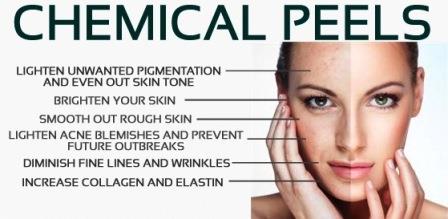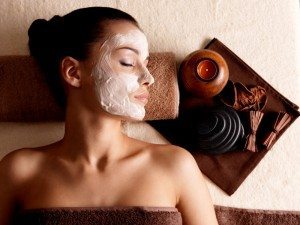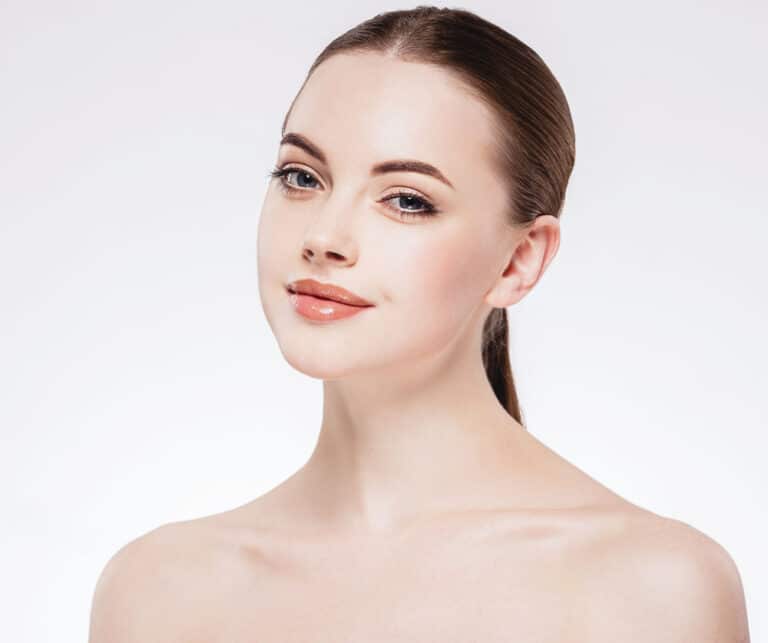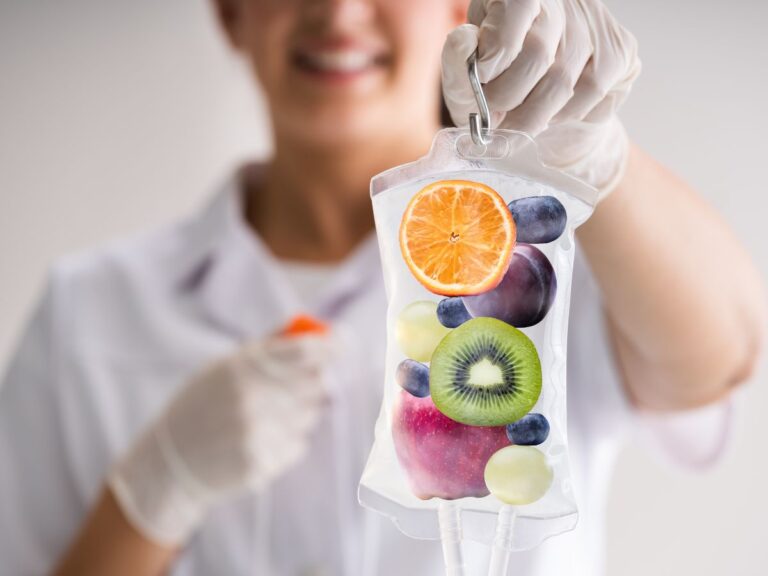Fall is finally here. That means it’s time for a pleathora of pumpkins, loads of leaves changing colors and chemical peels. You heard me right-chemical peels.
Fall is the perfect time to do some serious repair work on your skin that has been exposed to summer’s damaging rays.
One of the main componets of skin rejuvination is a heavy exfoliation to remove built up dead skin cells and help stimulate cell turnover-one of the most effective ways to do this is with a chemical peel.
Chemical peels come in many different shapes and sizes and should be discussed at length with your esthetician before receiving one. At Rock Creek Wellness we offer over 7 different types of peels alone, so we can meet your specific skin care needs. From wrinkles to acne to hyperpigmentation, there’s sure to be a peel for your skin concern.
How does a chemical peel work?
Chemical peels are usually alpha hydroxy acid (AHA) and/or beta hydroxy acid (BHA) based which, once applied, dissolve the dead skin cells on the surface, and penetrate into the lower levels of the skin stimulating an injury response. This prompts increased cell turnover, allowing new skin cells to form. Peels are powerful tools to help rid your skin of fine lines, hyperpigmentation and acne-especially if you are following your esthetician’s recommended frequency of peels and home care protocol. Not all peels are created equal, some go much deeper than others, which is why it’s important to talk to your esthetician.
Is there down time? What should I expect post-peel?
Very little downtime is associated with the peels we offer. Depending on the sensitivity of your skin, you may experience some slight redness and tingling during and shortly after your peel. It is of vital importance that you use sunscreen of at least 30 SPF following your peel, re-applying every 2 hours, as your skin will be very sensitive to burns and scarring-it is new skin after all!
When will I see results?
The results from peels vary depending on the type of peel you receive, as well as your skin’s response. Some people notice immediate results, especially if they are addressing a surface issue such as acne. Your skin will be bright, toned and “glowing” immediately following the peel. The healing response that prompts collagen and elastin production works over time, gradually resulting in more youthful skin.
So why is fall the best time for a peel?
As the days get shorter and the weather gets cooler (or if you’re in the Midwest, nastier and more unpredictable), you will likely be outside less and less. As intensive asthetic treatments usually go deep into the skin and stimulate cell turnover, your skin will need some time to heal and needs to be out of the sun as much as possible-think of yourself as a vampire basically. You’re not going to turn to dust if the sun touches you, but you’re going to do some serious damage to all that beautiful new skin! Fall and winter are the best times to get back on the wagon with your skincare routine in that you’ll 1) be indoors more and be exposed to less of the sun’s damaging rays and 2) see the benefits of your skin care treatments by the time the holidays roll around! And who doesn’t love to look fablous in holiday pictures?





